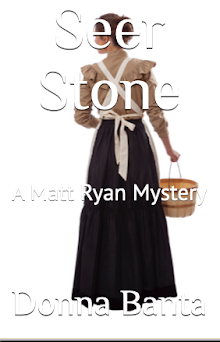I first read Pride and Prejudice during the summer before my freshman year at BYU. It was a timely accomplishment that prepared me for the society I was about to enter into. Because at BYU, both then and now, it is a truth universally acknowledged that every single man is in want of a wife--well before he has time to possess any fortune.
Wandering about the Provo campus, a young coed is bound to encounter a few principled but haughty Mr. Darcys, more than a few disreputable Mr. Wickhams (who would meddle with the girls before leaving on their missions), perhaps hundreds of obedient and obsequious Bingleys, an entire stadium-full of self-righteous boobs like Collins, and a healthy number of Mr. Hursts (who think only of their stomachs).
Unfortunately, the female population is less diverse, being embodied entirely in the character of Charlotte Lucas who believes that happiness in marriage is merely a matter of chance. Consequently, every year myriad BYU girls collectively hold their breath, roll their eyes, and spin the roulette wheel. I was one of the lucky ones, winning a husband who is a complex combination of Darcy and Hurst.
This dynamic is best observed at a BYU stake dance, an event that could easily be mistaken for the ball at Netherfield, only without empire waist frocks, English Country Dancing, genteel manners, realism, irony, self-awareness, and sexual tension. Perhaps the latter point is the most defining.
BYU is Pride and Prejudice without the sex.
Of course, there are few people, women in particular, who don't delight in and identify with Jane Austen's works--hence the global celebration. Every modern writer of romantic comedy, from Neil Simon to Nora Ephron to Candace Bushnell, remains in her debt.
But I am grateful to Jane Austen for preparing me for BYU. Even more importantly, I cherish the time I spent sharing her gentle sentences and sharp observations with my daughter, Emily, who went on to attend some Assembly Balls of her own--although, thankfully, not at BYU.
 |
| Emily in London |











